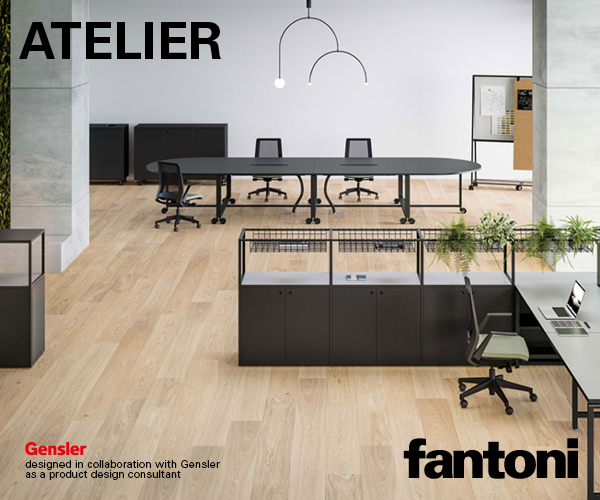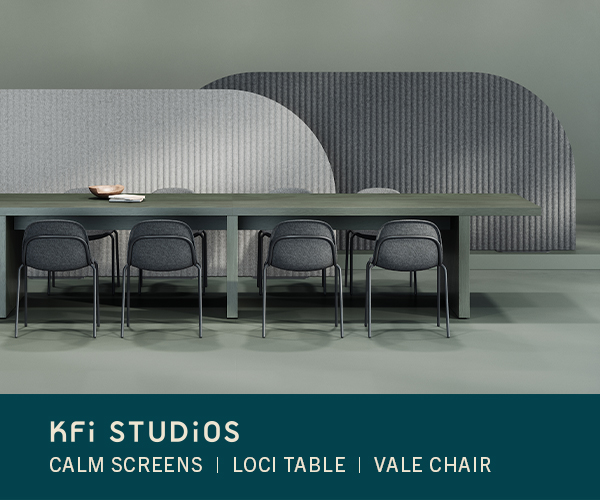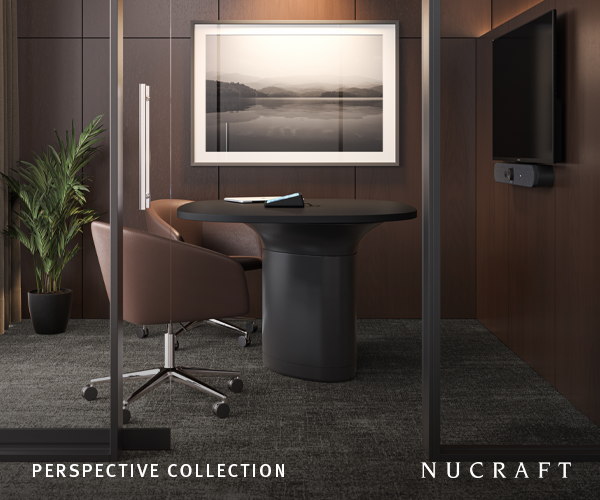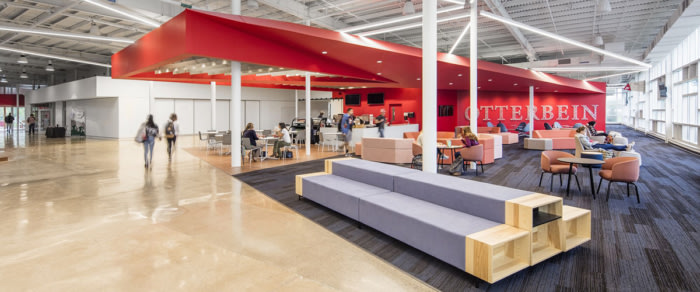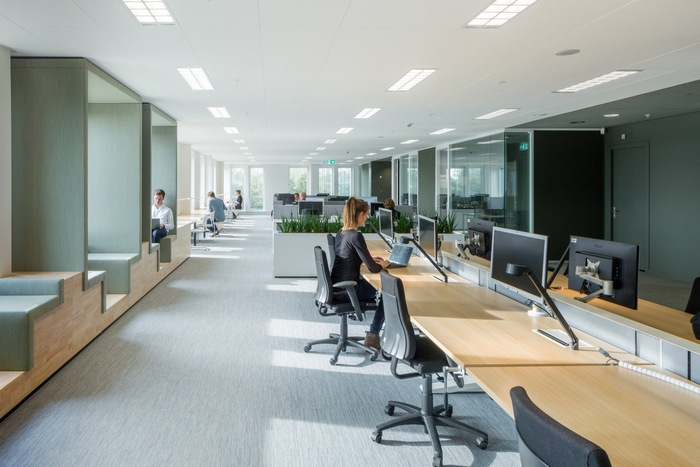
3 Misconceptions I wish everyone knew about Activity Based Working
Florine Kemp is a work-style consultant at Veldhoen + Company with degrees in Business Administration and Psychology, specialising in the behavioural stream. Her interest lies in the nature of personal transitions experienced by individuals during organisational change.
—
A big part of our job is re-educating people on their understanding of what Activity Based Working (ABW) really is. And perhaps even more importantly, help create their own definition of what it means for them personally.
Interestingly though the list of ABW misconceptions that I’ve come across over the past couple of years is endless, if not amusing. For example, thinking that you have to move desk every hour or that you will never see your colleagues anymore, are frequently quoted. But my favorite three, which I’d like to share with you in this blog, are:
- ABW is a funky fit-out with ping-pong tables
- Knocking down the walls will get people working together
- Changing the space will change the way people work
—
Misconception #1:
ABW is a funky fit-out with ping-pong tables
When people first hear about ABW, images that spring to mind are those of colourful beanbags, ping-pong tables, rolling chairs, and anything that is funky looking. And to be honest, I cannot blame them for thinking about a typical Google office.
People tend to focus only on the tangible aspects of ABW. It’s what they see first and it’s much easier to grasp than the cultural side of it. However, although aesthetics can enhance creative thinking, I’m a firm believer that fit-out and furniture should never be the starting point of any ABW journey.
ABW is a change catalyst for cultural transformation. Companies that are the most successful in ABW are those that leverage and develop their workplace strategy based on the company’s vision for the future. They have a clear defined purpose of why the company is changing the way they it works. Whether this is to break down silo’s, to attract key talent, enhance collaboration or foster entrepreneurship across the organisation. They have a vision to share, not just a ping-pong table.
—
Misconception #2:
Knocking down the walls will get people working together
For many, the key driver to move to ABW is creating an organisation that is more collaborative and connected. There is a desire to replace vertical hierarchies with horizontal networks and link traditional functions through inter-functional teams. Nevertheless all too often, organisations think that simply knocking down the walls that separate people from each other will “get people working together”. Nothing could be further from the truth.
Good working relationships don’t happen automatically; they are not the simple product of good feelings, team spirit, or hard work. In fact, as traditional boundaries disappear, establishing differences in authority, talent or perspective becomes simultaneously more important and more difficult. Therefore to have a successful new way of working requires organisations to develop new and different attitudes, competences and skillsets. A combination of attitude (‘I want’) and skills (‘I have the ability’) is vital for success.
Ultimately creating and supporting a sense of team spirit is important. Leaders need to consider why it is important for their team to connect, and how to best support this. Only then will the benefits of creating horizontal networks and inter-functional teams will be realised. Rather than just the lack of walls.
—
Misconception #3:
Changing the space will change the way people work
Changing people’s workstyle does not happen overnight. Breaking engrained working patterns can be challenging, as most people have worked in the same manner for years. The biggest mistake I’ve seen companies make, is thinking that ABW will create itself and believing that people will change accordingly.
So firstly, awareness and desire for the change need to be created and each individual needs to work through questions such as “What does the new way of working mean for me personally?” and “Why would I want to work in this new way?”. The space will support this, but not do it in itself.
—
In conclusion…
Not all companies invest in their people when creating change to a new way of working. So it’s not surprising that those who have taken their people along the journey, creating ownership, and buy-in at every level, are the ones with the greatest success. Every organisation should build and share its own unique story so that everyone feels that the workplace represents their business, employees and clients. Only through a solid change approach and having a clear, defined purpose for changing how they work, will people be sparked to see the real opportunity that ABW brings to them. And not get too swayed by a ping-pong table.
If this has sparked something to share, let us know. Or if you’re interested in reading more, check out some of our recent posts such as ‘The courage to embark on a path to change‘ or ‘How do we find our real place in the workplace?‘.
—
This article was first published at the Veldhoen + Company and is reprinted with permission.








